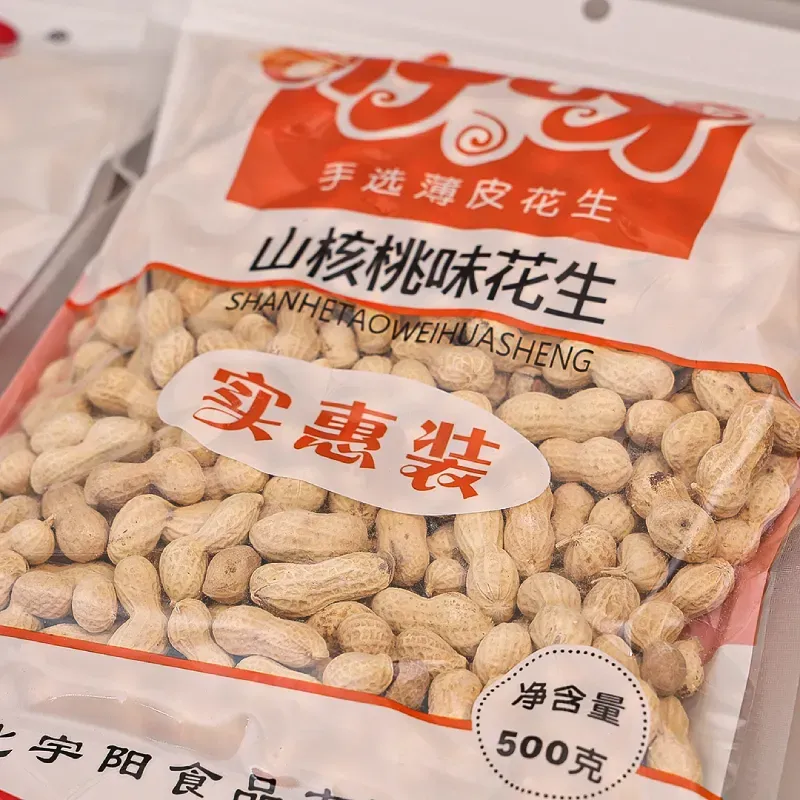-
 Afrikaans
Afrikaans -
 Albanian
Albanian -
 Amharic
Amharic -
 Arabic
Arabic -
 Armenian
Armenian -
 Azerbaijani
Azerbaijani -
 Basque
Basque -
 Belarusian
Belarusian -
 Bengali
Bengali -
 Bosnian
Bosnian -
 Bulgarian
Bulgarian -
 Catalan
Catalan -
 Cebuano
Cebuano -
 Corsican
Corsican -
 Croatian
Croatian -
 Czech
Czech -
 Danish
Danish -
 Dutch
Dutch -
 English
English -
 Esperanto
Esperanto -
 Estonian
Estonian -
 Finnish
Finnish -
 French
French -
 Frisian
Frisian -
 Galician
Galician -
 Georgian
Georgian -
 German
German -
 Greek
Greek -
 Gujarati
Gujarati -
 Haitian Creole
Haitian Creole -
 hausa
hausa -
 hawaiian
hawaiian -
 Hebrew
Hebrew -
 Hindi
Hindi -
 Miao
Miao -
 Hungarian
Hungarian -
 Icelandic
Icelandic -
 igbo
igbo -
 Indonesian
Indonesian -
 irish
irish -
 Italian
Italian -
 Japanese
Japanese -
 Javanese
Javanese -
 Kannada
Kannada -
 kazakh
kazakh -
 Khmer
Khmer -
 Rwandese
Rwandese -
 Korean
Korean -
 Kurdish
Kurdish -
 Kyrgyz
Kyrgyz -
 Lao
Lao -
 Latin
Latin -
 Latvian
Latvian -
 Lithuanian
Lithuanian -
 Luxembourgish
Luxembourgish -
 Macedonian
Macedonian -
 Malgashi
Malgashi -
 Malay
Malay -
 Malayalam
Malayalam -
 Maltese
Maltese -
 Maori
Maori -
 Marathi
Marathi -
 Mongolian
Mongolian -
 Myanmar
Myanmar -
 Nepali
Nepali -
 Norwegian
Norwegian -
 Norwegian
Norwegian -
 Occitan
Occitan -
 Pashto
Pashto -
 Persian
Persian -
 Polish
Polish -
 Portuguese
Portuguese -
 Punjabi
Punjabi -
 Romanian
Romanian -
 Russian
Russian -
 Samoan
Samoan -
 Scottish Gaelic
Scottish Gaelic -
 Serbian
Serbian -
 Sesotho
Sesotho -
 Shona
Shona -
 Sindhi
Sindhi -
 Sinhala
Sinhala -
 Slovak
Slovak -
 Slovenian
Slovenian -
 Somali
Somali -
 Spanish
Spanish -
 Sundanese
Sundanese -
 Swahili
Swahili -
 Swedish
Swedish -
 Tagalog
Tagalog -
 Tajik
Tajik -
 Tamil
Tamil -
 Tatar
Tatar -
 Telugu
Telugu -
 Thai
Thai -
 Turkish
Turkish -
 Turkmen
Turkmen -
 Ukrainian
Ukrainian -
 Urdu
Urdu -
 Uighur
Uighur -
 Uzbek
Uzbek -
 Vietnamese
Vietnamese -
 Welsh
Welsh -
 Bantu
Bantu -
 Yiddish
Yiddish -
 Yoruba
Yoruba -
 Zulu
Zulu
Aug . 13, 2024 04:56 Back to list
Trends and Factors Influencing Sunflower Seed Prices in the Agricultural Market Today
The Price of Sunflower Seeds An Overview
Sunflower seeds have long been a favored snack worldwide, cherished not only for their delightful taste but also for their impressive nutritional profile. As a significant agricultural product, the price of sunflower seeds is influenced by several factors that span from cultivation to market demand. Understanding these dynamics can provide insight into the current trends in sunflower seed pricing.
Firstly, the price of sunflower seeds is predominantly affected by the agricultural environment, including the weather conditions, the availability of arable land, and the costs associated with farming practices. Sunflowers require specific growing conditions—adequate sunlight, well-drained soil, and suitable temperatures. Adverse weather, such as droughts or excessive rainfall, can significantly impact crop yields. When farmers face poor harvests, the supply of sunflower seeds decreases, leading to an increase in prices. Conversely, favorable weather conditions can boost production, resulting in lower market prices.
Another critical factor influencing sunflower seed prices is global demand. Sunflower seeds are not only consumed as a snack but are also processed into sunflower oil, which is widely used in culinary applications. The rising trend of health-conscious consumers has led to an increase in demand for plant-based oils, including sunflower oil. Additionally, sunflower seeds are increasingly being incorporated into various health food products, including granola bars and trail mixes, further driving demand. When consumer interest in sunflower-based products escalates, prices tend to rise due to the heightened demand.
Moreover, international trade dynamics play a significant role in determining sunflower seed prices. Major producers of sunflower seeds include countries like Russia, Ukraine, and Argentina. Political instability or trade restrictions in these regions can disrupt supply chains, leading to fluctuations in prices on the global market. For instance, geopolitical tensions may lead to sanctions or export bans, which can surge prices worldwide as countries scramble to secure their supply. Additionally, currency fluctuations can also impact the cost of sunflower seeds when traded internationally, further complicating the pricing landscape.
price of sunflower seeds

Market speculation can also be a driving force behind sunflower seed prices. Traders and investors often respond to anticipated changes in production levels and consumer demand, resulting in volatile prices. Factors such as market reports, crop forecasts, and economic indicators influence traders' sentiments, leading to rapid changes in sunflower seed pricing.
The competitive landscape of the sunflower seed market cannot be overlooked. With numerous players, ranging from small-scale farmers to multinational corporations, prices can vary based on the scale of production and distribution efficiency. Larger companies often have the advantage of economies of scale, allowing them to offer competitive prices, while smaller producers may struggle to compete, impacting the overall market pricing structure.
Finally, seasonality also impacts sunflower seed prices. Typically, during the harvest season, prices may dip due to the influx of fresh seeds into the market. However, as the season progresses and supplies diminish, prices tend to increase throughout the year until the next harvest cycle begins.
In conclusion, the price of sunflower seeds is a complex interplay of numerous factors, including weather conditions, global demand, trade dynamics, market speculation, competition, and seasonality. For consumers and producers alike, understanding these influences is key to navigating the market and making informed decisions. As the demand for healthier snack options and plant-based oils continues to rise, the future of sunflower seed pricing will likely remain dynamic, presenting both challenges and opportunities for stakeholders in this vibrant industry.
-
Premium Bulk Sunflower Seeds Exporter - Global Supply & Value
NewsAug.10,2025
-
Crispy Prawn Crackers: Authentic & Flavorful Asian Snack
NewsAug.09,2025
-
Premium Roasted Melon Seeds: Healthy Snacking & Baking
NewsAug.07,2025
-
Savory Herbal Walnuts | Nutrient-Rich Brain Food
NewsAug.06,2025
-
Premium Bulk Sunflower Seeds Exporter | Wholesale Deals
NewsAug.05,2025
-
Premium Milk Flavored Melon Seeds 250g - Crunchy & Healthy Snack
NewsAug.02,2025
